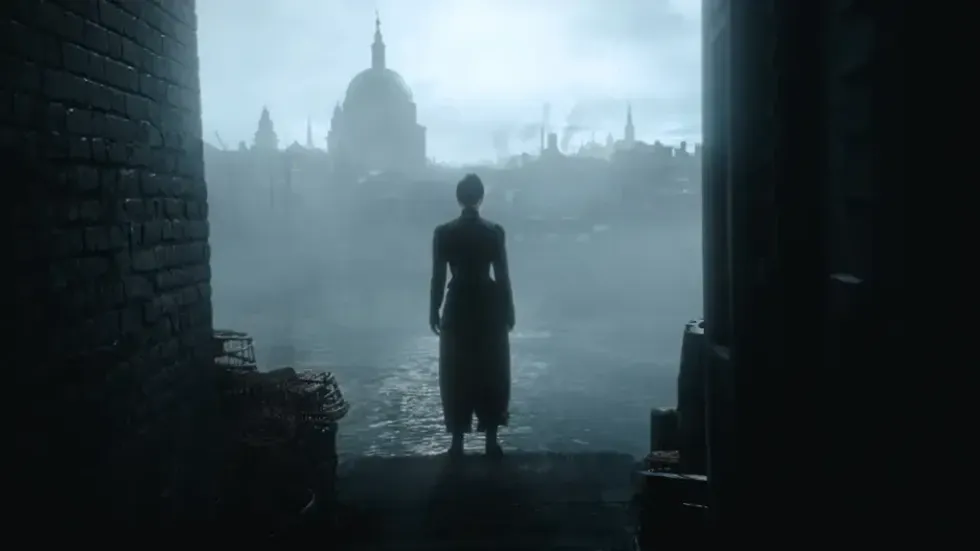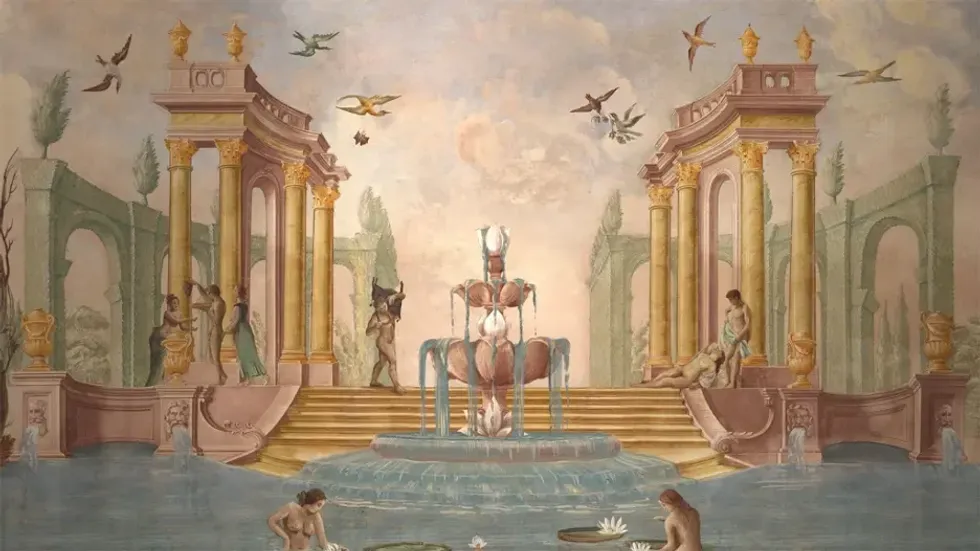
This post was written by Meagan Keane and originally appeared on the Adobe Blog on January 4th, 2024.
Among these notable projects, filmmakers for FX’s “The Bear”, NBC’s “Saturday Night Live”, HBO’s “White Lotus”, “The Nevers”, “Weird: The Al Yankovic Story”, and Amazon’s “The Lord of The Rings” used Premiere Pro, After Effects, Photoshop and Frame.io to edit, create and collaborate from anywhere — along with Adobe Substance 3D to produce photo and hyper-realistic 3D objects and effects.
Including the latest Emmy nominees, more than 25 films and television shows using Creative Cloud tools earned major industry awards in 2023 — including Oscar Best Picture winner, Best Documentary Feature, Scientific and Technical Award from the Academy of Motion Picture Arts and Sciences, and the Advanced Imaging Society for pioneering filmmaking technologies.
In today’s industry creators face intense competition and a constant pressure for engaging content across various platforms. This means filmmakers must collaborate with precision and efficiency to deliver high-quality results that meet the demands of directors, producers, and studio executives. With Creative Cloud and Substance 3D tools, creators have the control to fulfill these needs and make award-worthy shows time and time again.
Celebrating Emmy Nominees
Exceptional storytellers behind this year’s leading television series embraced Adobe Creative Cloud tools, transforming their creative visions into captivating episodes:
FX’s “The Bear”
Editor Joanna Naugle, ACE, nominated for Outstanding Picture Editing for her work on the episode “System,” as well as editor Adam Epstein, ACE, and assistant editor Megan Mancini, brought the chaotic world of the culinary arts to life using Premiere Pro, Frame.io and After Effects. “I use Adobe Premiere Pro for 100 percent of the things that I cut,” said Naugle. “I just love it, it’s so easy-to-use. My presets let me jump in quickly. We used Productions on FX’s “The Bear” so we could all collaborate remotely while the team was shooting in Chicago.”
NBC’s “Saturday Night Live” — “HBO Mario Kart Trailer”

In the world of late-night comedy, “Saturday Night Live” stands as an emblem of entertainment brilliance. Editors Ryan Spears and Chris Salerno, use Adobe Premiere Pro and After Effects to bring these episodes to life. “We have such a short turnaround to cut pre-tapes each week that we really couldn’t edit SNL without Premiere Pro,” said Spears. “AI-powered features like Text-Based Editing and Speech to Text give us a tremendous speed boost when it comes to finding the best takes of each line, so we have more time to focus on refining the edit.”
Explore Spears’ and Salerno’s editing process in more detail here.
“Weird: The Al Yankovic Story”

The post production team, including editor Jamie Kennedy, ACE, relied heavily on Frame.io to bring Weird Al’s story to life, using the tool during production and post. “We used Frame.io to host our dailies every day, which was an important tool so he [writer-director Eric Appel] could see what was shot previously,” Kennedy says. “I wasn’t sending him every scene prior to the editor’s cut, so it was vital that there was a source through which he could peruse the dailies easily while he was on set.”
Explore Kennedy’s editing process in more detail here.
“The Nevers” season two — “It’s a Good Day”

VFX supervisor Johnny Han relied on After Effects to composite shots, backgrounds and design-complicated VFX concepts for the 4,500+ VFX shots across all episodes of the series. “I’ve been a long-time user of After Effects ever since it first came out, and I never do anything without it,” Han says. “As a VFX Supervisor, at any given moment I may be asked to jump on my MacBook and do any number of things in After Effects such as compositing a shot that has been filmed to get to an editor, designing a new VFX concept to show a director — or even compositing a mockup of a shot to creatively guide a larger VFX studio like Scanline or Buf..”
Explore Han’s VFX process in more detail here.
HBO’s “White Lotus” and Amazon’s “The Lord of The Rings” — “Ring of Power”

To create two completely different main titles for the two Emmy-nominated series, Plains of Yonder co-founders Katrina Crawford and Mark Bashore used Premiere Pro, After Effects, and Photoshop to produce short visual stories that echo characters and events in the shows.
Explore Crawford and Bashore’s titling process in more detail here.
A Look Back at 2023
Adobe’s top priority is delivering powerful tools that are designed with the editor in mind, and in 2023, we debuted cutting-edge AI-powered features within their video tools, making filmmakers’ workflows faster, smoother and more responsive. From crafting seamless interview clips with Text-Based Editing, removing excessive background noise or improving low-quality audio with Enhance Speech in Premiere Pro, to removing objects faster and more accurately with the new AI-powered Roto Brush in After Effects, Adobe’s innovations are freeing up time and resources so that video teams can focus on their craft.
Adobe video and collaboration tools continue to be recognized by leading technology and creative arts institutions, recently earning major awards including two Fast Company Next Big Things in Tech Awards for Premiere Pro, and a Webby Award for Frame.io. In addition, Premiere Pro was honored in multiple video industry awards including the Hollywood Professional Association’s noteworthy Engineering Excellence Award for Premiere Pro Text-Based Editing.
This post was written by Meagan Keane and originally appeared on the Adobe Blog on January 4th, 2024.
Author: Sponsored Content
This article comes from No Film School and can be read on the original site.
